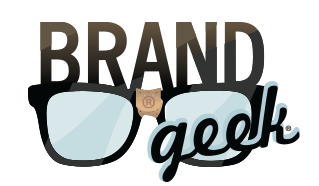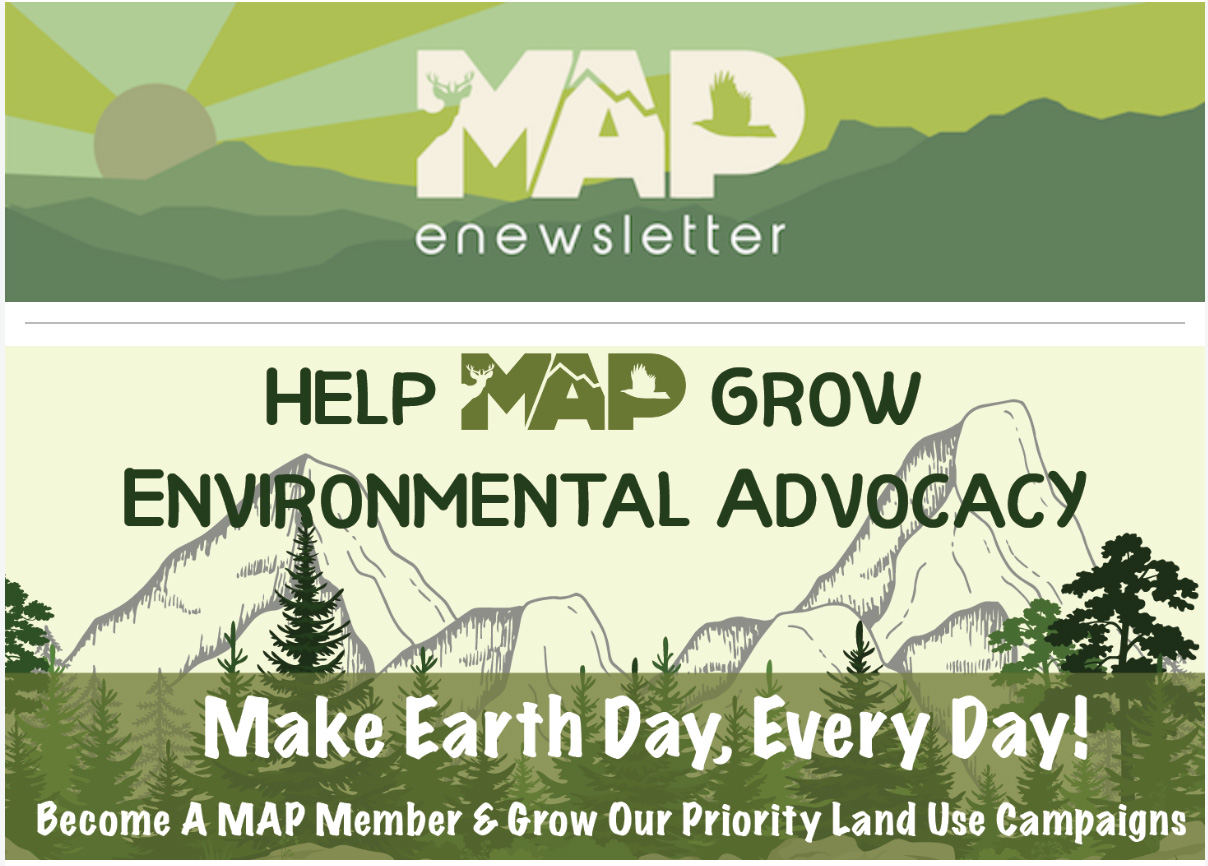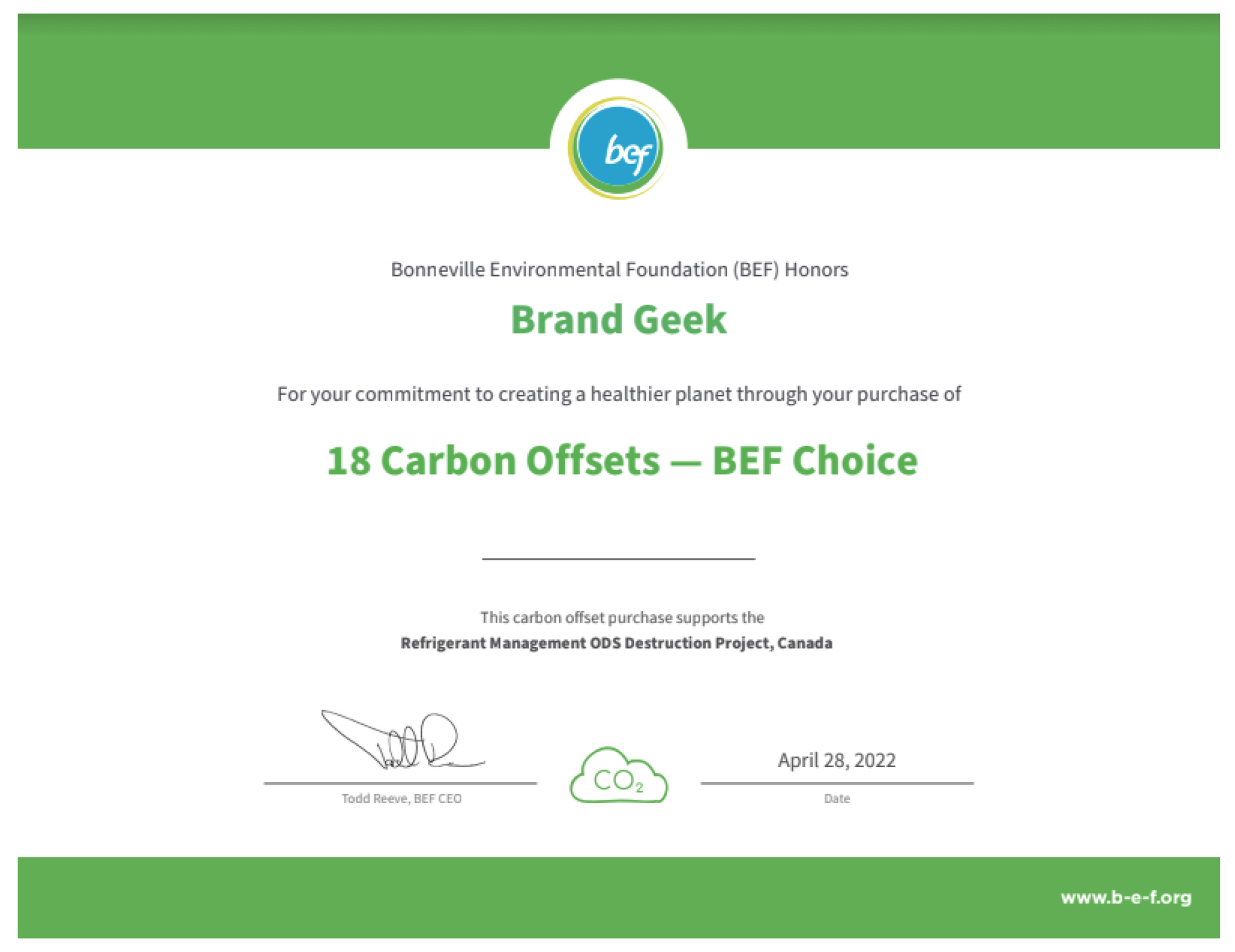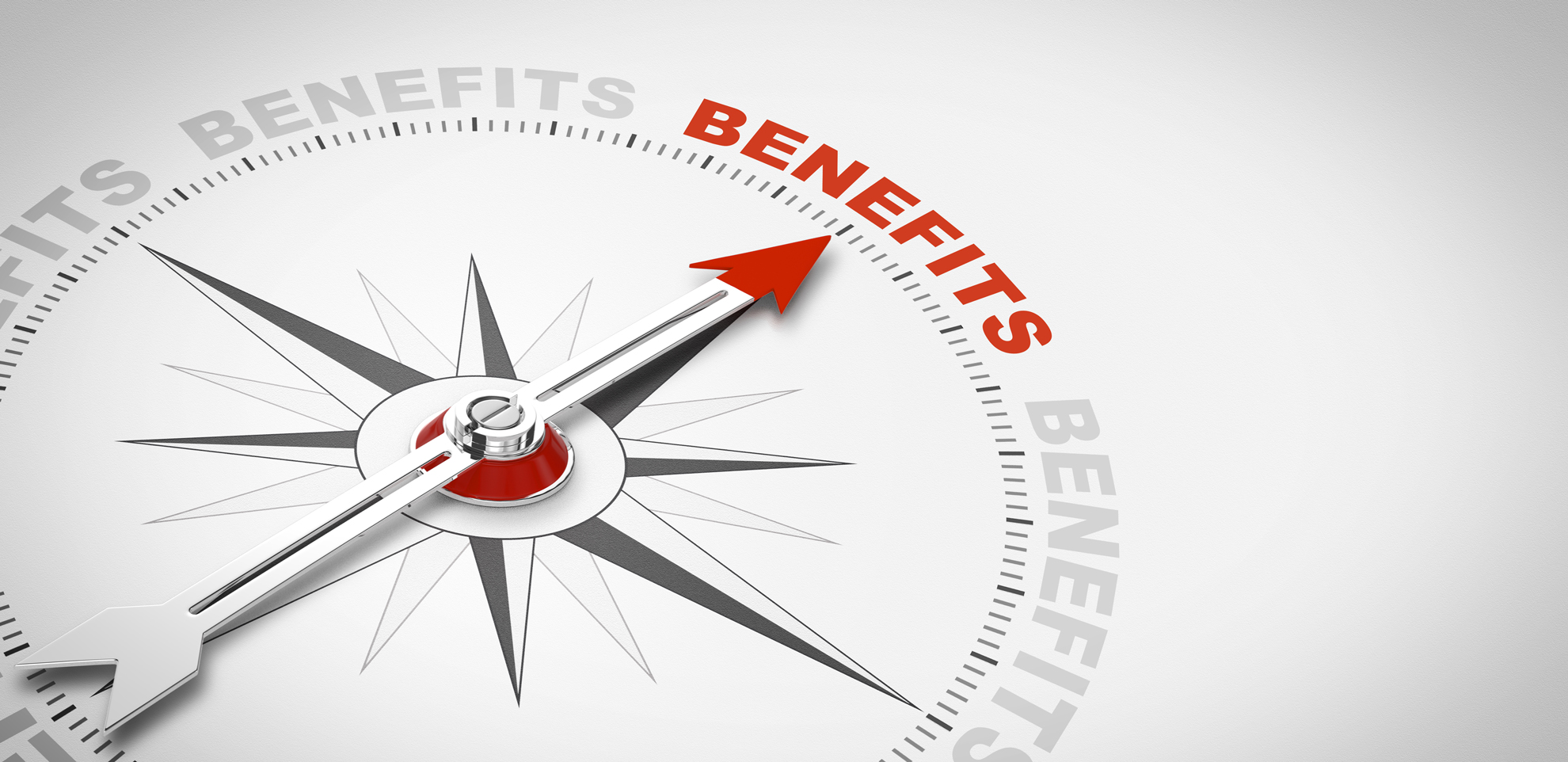Brandgeek proudly supports Mountain Area Preservation and is humbled to be…
Sustainable Brands 2012 Day 3 Sustainable Consumption Conundrum
Humdrum conundrum; it is ever so hard to go back inside when it’s 77 degrees and sunny outside. Whether to attend the afternoon session is a much easier choice than those faced by the Sustainability Managers and communications specialists who have to “sell” less consumption to internal and external stakeholders at product manufacturers.
Suzanne Shelton from Shelton Group introduced the afternoon panel, “The Sustainable Consumption Conundrum: Maintaining Authenticity in Your Marketing Communications.” The panel was moderated by Amon Rappaport, Founder and CEO of Rappaport Communications and also included John Viera, Global Director Sustainable & Vehicle Environmental Affairs at Ford Motor Co; Shawn Parr, CEO, Bulldog Drummond and Lewis Fix VP Sustainable Business & Brand Management, Domtar.
First, each panelist introduced himself.
John said that he sees CSR as a set of buckets filled with short and long term business strategies that focus on both the environmental and social sides of sustainability, addressing such things as environmental footprint reduction and improvement of working conditions. On the environmental side, Ford’s long-term sustainability strategy is being crafted in part by staff climate scientists, as I wrote about yesterday. Lewis introduced himself next explaining that said Domtar is a “fiber innovation company,” with 13 North American facilities. The sustainability part of Lewis’s job, like John’s, involves steering internal initiatives and more importantly those that effect consumer behaviors. Lewis’s position also covers traditional marketing and advertising functions for Domtar. Shawn’s company is an innovative design firm that helps its clients create brand experiences. He works with Fortune 100 companies, start-ups and non-profits on brand strategy, positioning and architecture.
Amon began the session by asking us to leave the room — the exact opposite thing he wanted us to do (no one really did, so he was safe.) After telling us that we could stay, he explained that an increasing number of companies are asking consumes to consume less when their business models would seem to depend on selling more.
Now, granted, I have only attended one session each day along with yesterday morning’s plenary (writing is time consuming!), but at all three sessions some time was devoted to talking about Patagonia’s already iconic Black Friday advertisement.
Amon said that Patagonia did this to get conversation going. (Kudos, Pata peeps; you succeeded wildly!!). In fact, inspired by this ad, I have been working on an article about Patagonia’s Common Threads Initiative, which I hope will be published this summer.
Amon said this panel is going to be about consumers’ relationship with stuff. Prior to Patagonia’s Black Friday ad, no product manufacturer had ever told consumers not to buy its stuff (well, unless you count product recalls, but you probably shouldn’t.)
John began by describing Ford Motor Co.’s CEO, Bill Ford’s 2011 TED Talk during which Mr. Ford explained how he had shifted from worrying about whether he would sell enough cars to worrying that he would continue to sell more and more cars:
Ford’s challenge is making money while making less cars & trucks and getting consumers to use vehicles more responsibly. John explained that Ford is in the business of moving people and goods. That was true when Henry Ford founded the company, and it’s true now. As long as Ford continues to be adaptable, it will survive (and make Darwin proud.)
While Bill Ford’s great grandpa Henry wanted to put everyone in cars, Bill Ford has a similar goal to make transportation feasible for all people, just not in cars & trucks. Accordingly, Ford has teams focusing on new & different businesses. For example, they are working with several cities to reexamine how their infrastructure may be redesigned to help people drive less. Interestingly, Wall Street investors are so concerned with short-term profit that they have not reacted negatively to Ford’s long term strategies to sell fewer cars.
Ford did not take any bailout money and has used the economic downturn as an opportunity to re-imagine the company, its products and how consumers interact with them. One technology that sprung from this (pun intended) is video dashboard displays that show trees growing when the car is driven in an ecologically sound manner and dying during road rage and other aggressive driving. Technology can give a lot of feedback to the driver to help them drive more efficiently, but the challenge is how to provide information in a way that it’s useful and not distracting (or dangerous!) John also repeatedly stressed the importance of making the business case to the executives while appealing to the economic and ecological sensitivities of the consumers. Ford Motor Co. remains rooted in his grandpa’s story and John feels it is ideal for the company to continue to tell that story in as many different ways as possible.
A key theme raised throughout this session was what to make of the seemingly mixed messages of a product manufacturer (be it making paper or cars) telling people not to buy its products.
Domtar is the largest uncoated paper manufacturer in North America. It worked with Gil Friend from Natural Logic to create an info-graphic titled Pixel And Print, which is an easy-to-understand guide to printing responsibly. Lewis explained that as a pulp & paper company, Domtar is finding new product lines including personal care products and Nano-crystals and cellulose that have medical and numerous other applications. Although Domtar’s core product is in decline, paper pulp remains a good business to be in especially when – again like Ford – the company is willing to be nimble and look for other business opportunities. Lewis said his hardest conversations are the internal conversations with sales managers explaining how convincing consumers to use less will help them sell more. For Lewis and his team it is about selling better to fewer consumers and having a deeper relationship with them, a theme echoed by Shawn.
Shawn said that he is in the listening business. It is his job to help his clients answer questions. Taking the “buy less” mixed message, Shawn said his clients have to get consumers to consume in a different way and it is important to start by asking the right questions. Shawn surmised that the Patagonia Black Friday ad worked so well because it is rooted in the business case for environmental responsibility and based on the long term authenticity of the company. Shawn said similar to Patagonia’s 5Rs (Reduce, Repair, Reuse, Recycle, Reimagine), he has 4 Ps for deeply embedded sustainability programs:
Purpose: why do you exist? This reason will support the business case for sustainability.
People: Having the right people around the table to craft the purpose enables you to drive it throughout the organization
Processes: How the products are developed and communicated to marketplace
Profitability: Making a clear business case that is consistently revised to take into account different business models as the entity goes from being a donkey to being a racehorse.
Shawn said we are all inherently dummies with the wrong combination of people in the room, but all challenges are solvable with the right people and a business case that answers both how you get internal commitment and sells less consumption to consumers by being authentic and transparent.
All of the panelists reiterated time and again the importance of understanding what business the company really is in and making the business case for sustainability authentically, both internally and externally.
Sometimes others say it best. John likened sustainability to riding two horses at once: one called today and the other called tomorrow. What he failed to mention is that you will fall off, probably somewhat often. So long as you get back on, you’ll be golden!







This Post Has 0 Comments